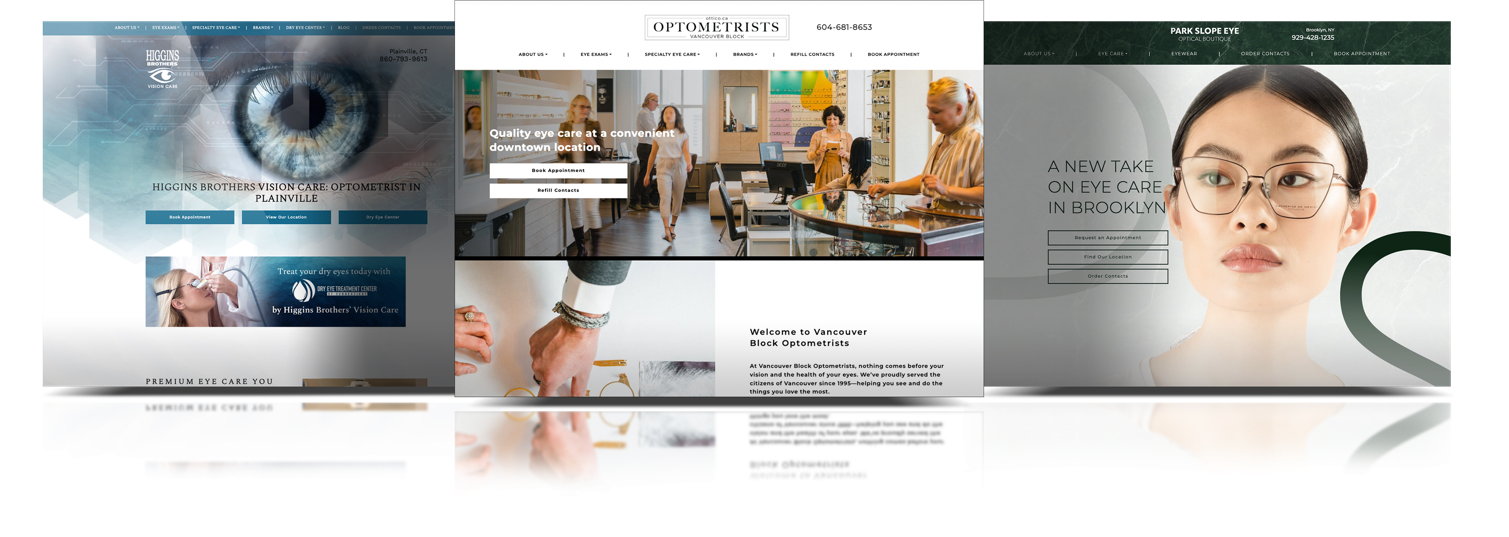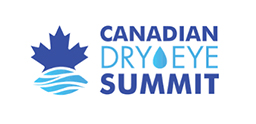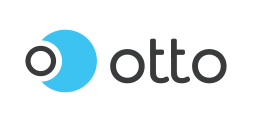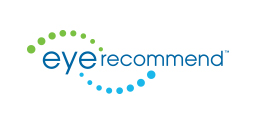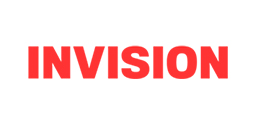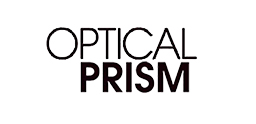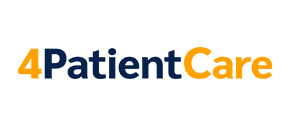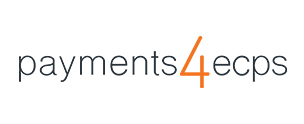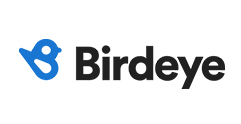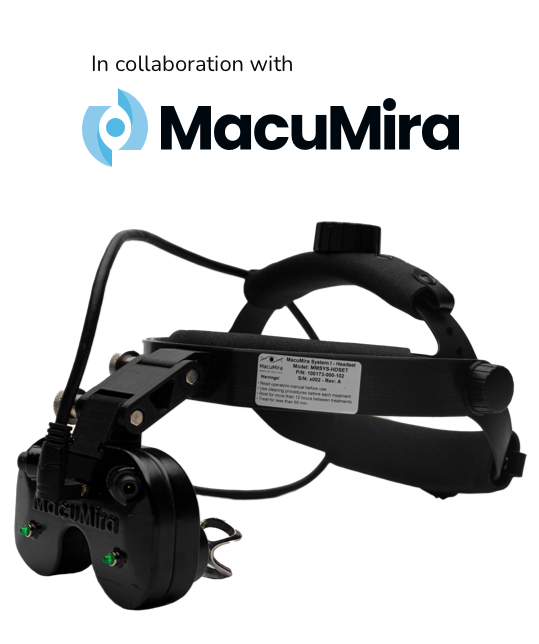One of the internet’s most effective marketing tools is Google Ads (formerly known as Google Adwords), but determining how much you should be paying for your ads depends on several factors. In this blog post, we will be discussing what Google Ads are, the competitive advantages they offer, and how they work. We will also discuss how to determine what a reasonable budget for Google Ads might look like and what you can do to keep your advertising costs down while also reaching users who are most likely to convert into patients or customers.
What is Google Ads?
Google Ads is a program that allows advertisers to bid on ad placements that are related to specific keywords. For eye care professionals, these keywords might include words such as “optometrist” or “eye doctor”. Ads placed through the Google Ads program are displayed prominently at the top of each search page when a user in your chosen demographic area searches for one of your selected keywords.
When a user searches for one of the keywords you have specified, Google looks at all of the ads it currently has on offer that are targeting that keyword search.
Google then determines which ads are shown using a variety of factors, including how much the advertiser is willing to pay for a click, how relevant the ad is to the user’s search terms, and whether or not the user is within the geographical area your ad is targeting. More relevant ads, and advertisers that are willing to pay more per click, are favoured over other ads.
The Advertising Advantage of Google Ads
Google Ads aim to capture the business of potential patients or customers who are at the final stage of the buying funnel. They are already actively searching for the products and services that you offer and are looking to make a final decision. Potential patients and customers at this stage of the buying funnel typically offer the lowest cost to acquire since you don’t need to convince them that they need your services or products. Instead, all you need to do is convince them to choose you over your competitor.
How Google Ads Works
To get Google Ads working for your business, you need to select the keywords and search terms that your target customers are entering into the Google search bar.
You also have to select the days of the week, the times of the day, and the geographical area where you would like your ads to show up. This will help you attract local patients or customers who are searching for businesses like yours in their area.
Additionally, you will set your daily and monthly budgets. This ensures that you don’t end up spending more on Google Ads then you were anticipating. Once you have set up your Google Ads you only pay for them if a potential customer clicks on your ad.
There are dozens of other factors that go into campaign setup that are covered in the video below.
How Much is Too Much to Pay for a Click?
The trickiest part of Google Ads is determining how much you need to pay for each click without spending more than you should be. To determine the appropriate cost per click there are a few measures and metrics you should be taking into consideration.
Target Customer or Patient Acquisition Cost
First, you need to determine how much you would ideally like to spend on acquiring a new patient. One common way to do this is to look at your average sale or per patient revenue. Based on our wide variety of experience with eye care professionals we have determined that the average patient revenue is between $300 and $500.
For example, if your average patient revenue is $400 and you are willing to invest 15% of that potential revenue in order to acquire that new patient each new patient will cost you approximately $60. For most businesses investing that initial $60 to potentially gain $400 is a profitable move.
The $60 in the above example represents your Patient Acquisition Cost (PAC), and will be used to help you determine your Lead to Customer Rate.

Lead-to-Customer Rate
A lead is a potential patient or customer who inquires about your products or services. Leads may reach out to your business by calling you, requesting an appointment, or simply walking in off the street. Realistically, not every lead will turn into a patient or customer, but the number of leads you get is an important metric that Google Ads use to help you measure the success of your ad campaign.
The percentage of leads that convert into patients or customers is called your lead-to-patient rate. If you are unsure what your current lead-to-patient rate is you can safely estimate that between 30% and 50% of your leads will convert into patients.
If your business currently has a 50% lead-to-patient rate, that means that you will need to acquire two leads in order to earn one new patient. If we look back at our previous example and you determine that you are willing to invest $60 in order to acquire a new patient you should be aiming to invest $30 to obtain a new lead.
Website Conversion Rate
In this day and age, the vast majority of your patients will visit your website before they become a lead. Your website’s job is to be the best salesperson on your team, and cultivate a good first impression with potential patients and customers. It does this by delivering qualified phone call leads and appointment requests to your company.
Your website’s conversion rate is determined by looking at how many people visit your website, and what percentage of those visitors take action and become leads by calling your business or requesting an appointment.
If you are unsure what your website’s current conversion rate is you can safely estimate that about 5% of all website visitors will convert into leads.
Determining Your Ideal Cost Per Click
Using the information we have already discussed we can now determine what your ideal cost per click should be. In this example, we will assume that you are planning on investing $30 for a good new lead, $60 to acquire a new patient, have a 50% lead to patient rate, and that your website converts 5% of its visitors into leads.
Based on these example numbers you would be able to bid approximately $1.50 per click. However, depending on your region, your industry, and how competitive the current landscape is an independent optometrist may need to spend between $5 and $8 per click in order to effectively acquire new patients and customers.
If this is the case that means that your website may need some work in order to improve its performance so that your Google Ads can reach optimum profitability.
Improving Your Performance and Reducing Your Patient Acquisition Cost via Google Ads
There are a number of things you can do to both reduce your patient acquisition costs and improve your performance.
Bid on Less Competitive Relevant Keywords
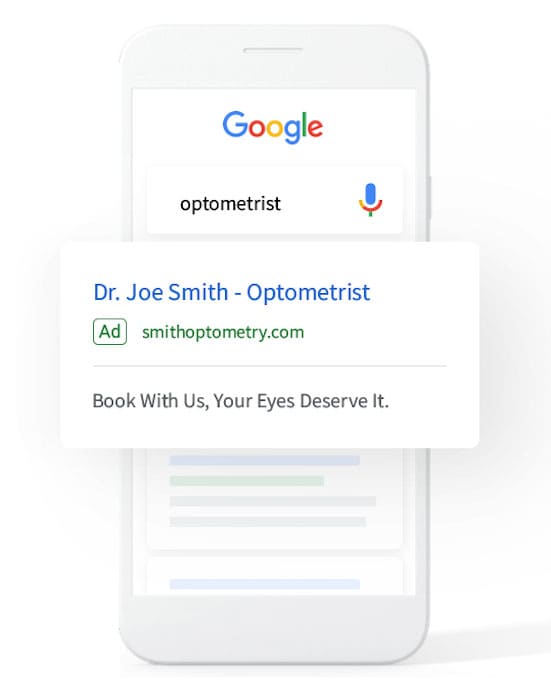 There are over ten thousand ways that someone can search for and find your eye care business using Google. If you are running Google Ads yourself you may be only targeting a limited amount of keywords, which in turn limits how many leads you can reach. By targeting more keywords, including less competitive ones that are still relevant to your business, you can reach more potential leads and not have to spend as much effort and money competing for a few popular keywords.
There are over ten thousand ways that someone can search for and find your eye care business using Google. If you are running Google Ads yourself you may be only targeting a limited amount of keywords, which in turn limits how many leads you can reach. By targeting more keywords, including less competitive ones that are still relevant to your business, you can reach more potential leads and not have to spend as much effort and money competing for a few popular keywords.
Use Geography to Your Advantage
You can get more bang for your buck by optimizing your ads so that they target the communities that surround your business and are more likely to consistently convert. Not all communities around your business are equally likely to yield leads and conversions, and you may find that some areas near your practice tend to produce more leads and patients or customers than others.
If you shift your ad strategy to focus on these areas you can help prevent your ad dollars from being spent on areas that are more likely to click but not convert into leads.
Invest in a High Converting Website
There are many factors that need to be considered when building a website that will convert well. These include things such as:
- A modern design. Modern graphics both enhance your brand and provide a strong first impression to potential leads. Remember, your website is also your salesperson. You want it to look polished and professional and be easy to navigate.
- Well written copy. You should invest in a copywriter that is trained to write for digital mediums, and ideally also has experience writing for the eye care industry.
- Custom photos. By including custom professionally done photos of your business and your staff you make it easier for website visitors to connect with you and your staff. People tend to connect best with other people, and the simple act of including custom photos can increase the chance that a potential customer selects you over one of your competitors.
- The About Us page. The About Us page is one of the most commonly visited pages on any website, so you want to make sure yours is well written. The About Us page is also a great place to include photos of your staff.
- Mobile responsiveness. The majority of web traffic and ad clicks now comes from mobile devices, so it is important to make sure that your website is easy to navigate for mobile users.
- Your phone number. Provide your potential leads with a frictionless user experience by making sure that they can easily find your phone number. You should also make sure that mobile users can click on your phone number to call you. This makes it easier for mobile visitors to convert into leads and can affect how many leads ultimately convert into patients or customers.
- Website speed. Online users expect their user experiences to be fast and smooth. Google has found that website load speed can have a significant impact on overall website performance and conversions. When users encounter sites that load too slowly they are more likely to simply go back to the search results page than wait for the site to finish loading. You can measure your current website’s speed using the Test My Site tool. This tool also provides you with a free report as well as tips and updates that can help you improve your website’s loading speed.
Work with a Google Partner
Google partners are trained and accredited by Google in the use of their advertising tools. By working with a professional that has been specifically trained to help you optimize your website for services such as Google Ads you can both benefit from their expert knowledge and ultimately divert less of your time away from other aspects of your business. Your Google partner will be able to help you maximize your results and help you gain more leads, and convert those leads into new patients and customers.










